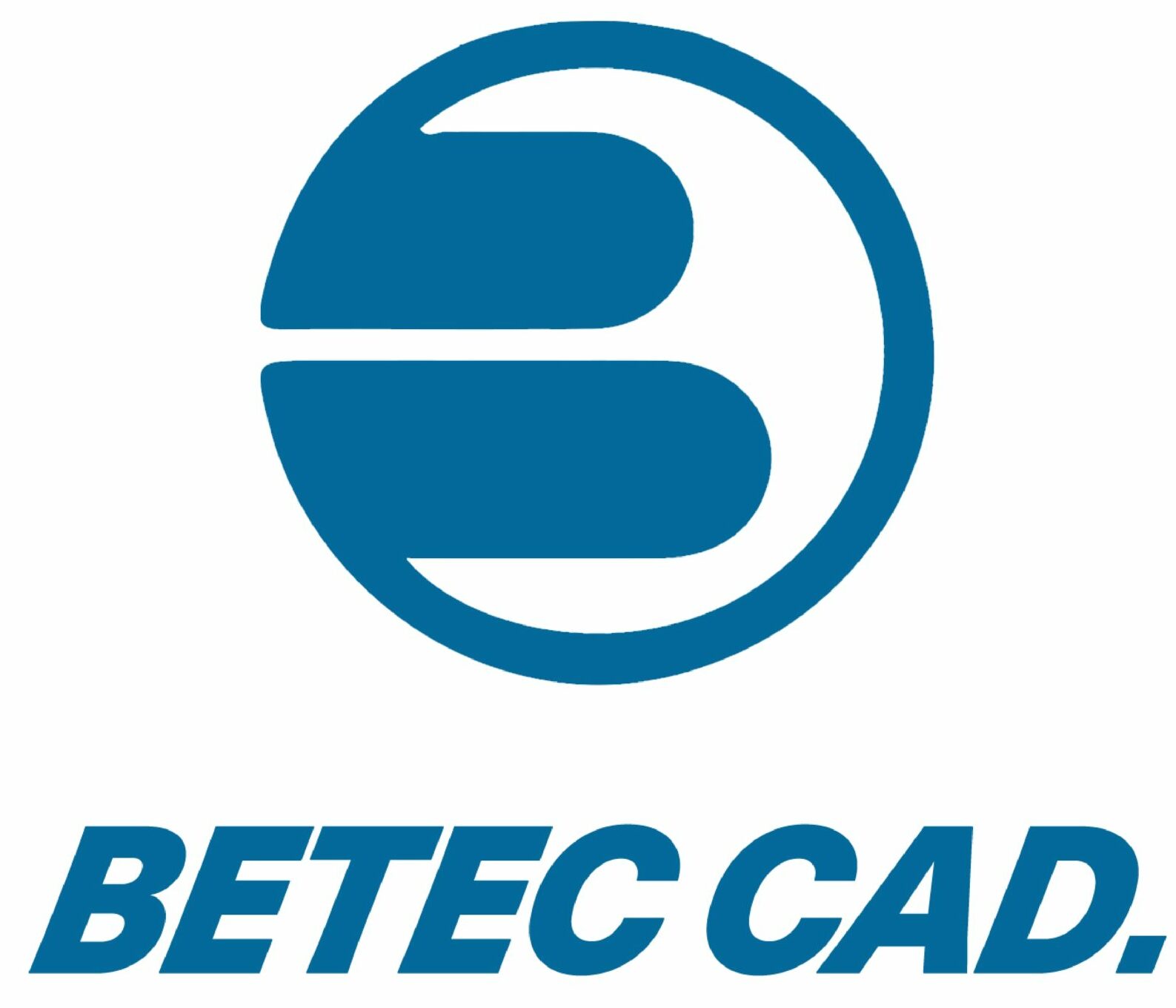In maintaining comfort and air quality, HVAC (Heating, Ventilation, and Air Conditioning) systems play a major role. Constant Air Volume (CAV) and Variable Air Volume (VAV) systems are the most common types of HVAC systems. Both systems are mechanized to distribute air efficiently but function on different levels, offering distinguished advantages and applications.
In this blog, we will look further into the differences and advantages of the variable air volume system and where it stands apart.
Air Distribution Systems: What You Need to Know
In buildings like residential, industrial, and commercial, air distribution is a necessity for energy efficiency and comfort. Balancing temperature, airflow, and energy efficiency is essential for HVAC systems.
Air distribution is typically handled using two main systems: Constant Air Volume (CAV) and Variable Air Volume (VAV).
- Constant air volume systems maintain a streamlined airflow, regulating the temperature by cooling or heating the air when necessary.
- On the contrary, Variable Air Volume systems adjust the airflow volume while keeping the temperature steady, enhancing adaptability and energy efficiency.
Let’s examine their operations, advantages, and where they are best supplied.
VARIABLE AIR VOLUME SYSTEMS PROVIDE FLEXIBLE SOLUTIONS THAT ADJUST TO CHANGING ENVIRONMENTS, INCREASING BOTH COMFORT AND SAVING.
- What Exactly is a Variable Air Volume System?
A Variable Air Volume (VAV) system regulates the airflow to different areas based on their actual heating or cooling demands. It uses variable-speed fans or dampers to modulate airflow, unlike the constant-speed operation of a Constant Air Volume (CAV) system.
Core Elements of a VAV System:
- Variable-speed fans with VFD controllers
- VAV boxes with dampers and controllers
- Sensors (temperature and pressure)
- CAV vs. VAV: Differences
Energy Efficiency:
- CAV: Lower efficiency due to fans running at full power.
- VAV: Highly efficient as fans operate at different speeds.
Airflow:
- CAV: Distributes a constant air volume.
- VAV: Modulates airflow according to demand.
CONSTANT AIR VOLUME SYSTEMS KEEP AIRFLOW STEADY BUT CAN WASTE ENERGY WHEN DEMAND CHANGES – A SIMPLE SOLUTION WITH A COSTLY CATCH!
Comfort:
- CAV: Restricted control over temperature settings.
- VAV: Offers detailed temperature control across various zones.
Cost:
- CAV: Initial cost is low, but it leads to higher operational charges.
- VAV: Higher initial investment, but long-term energy savings.
- Why Should You Consider a Variable Air Volume System?
A Variable Air Volume system provides multiple benefits compared to traditional CAV systems.
- Superior Air Quality: Better control helps achieve a balanced environment with proper humidity and ventilation.
- Smooth and Silent Operation: Reduced fan speed contributes to quieter functioning.
- Savings on Energy Costs: A Variable Air Volume System reduces energy consumption by adjusting airflow to meet actual demand.
- Enhanced Control Over Different Zones: Each zone is independently managed by Variable Air Volume Systems to ensure comfort in different areas of the building.
VARIABLE AIR VOLUME SYSTEMS MAXIMIZE COMFORT AND MINIMIZE ENERGY WASTE – THE FUTURE OF HVAC!
- Common Applications of CAV and VAV Systems
- CAV Systems: Perfect for compact areas needing uniform temperature control, such as offices or classrooms.
- VAV Systems: Well-suited for bigger buildings with varied requirements, such as hospitals, commercial properties, malls, and airports.
- Why Upgrade to a Variable Air Volume System?
Upgrading to a Variable Air Volume System offers substantial long-term advantages.
- Growth Potential: Variable Air Volume Systems are highly customizable, making them ideal for evolving business needs over time.
- Cost-Effectiveness: Despite higher initial costs, the savings in operation rapidly make the investment worthwhile.
- Ecological Impact: Cutting down on energy consumption leads to a more sustainable carbon footprint.
CONSTANT AIR VOLUME SYSTEMS CAN LEAD TO OVERCOOLING OR OVERHEATING, WASTING ENERGY IN UNUSED SPACES.
CONCLUSION
For expert guidance and cutting-edge HVAC solutions, Betec Cad is your trusted partner. With years of industry experience and a team of skilled professionals, we specialize in designing and implementing state-of-the-art HVAC systems tailored to meet your unique needs. Whether it’s for commercial, industrial, or residential spaces, our solutions ensure maximum efficiency and comfort.
Contact Beteccad today to access unparalleled expertise in systems like the Variable Air Volume system and discover why we’re recognized as one of the top HVAC companies in the UAE.
For more informative insights, follow us on Instagram!

